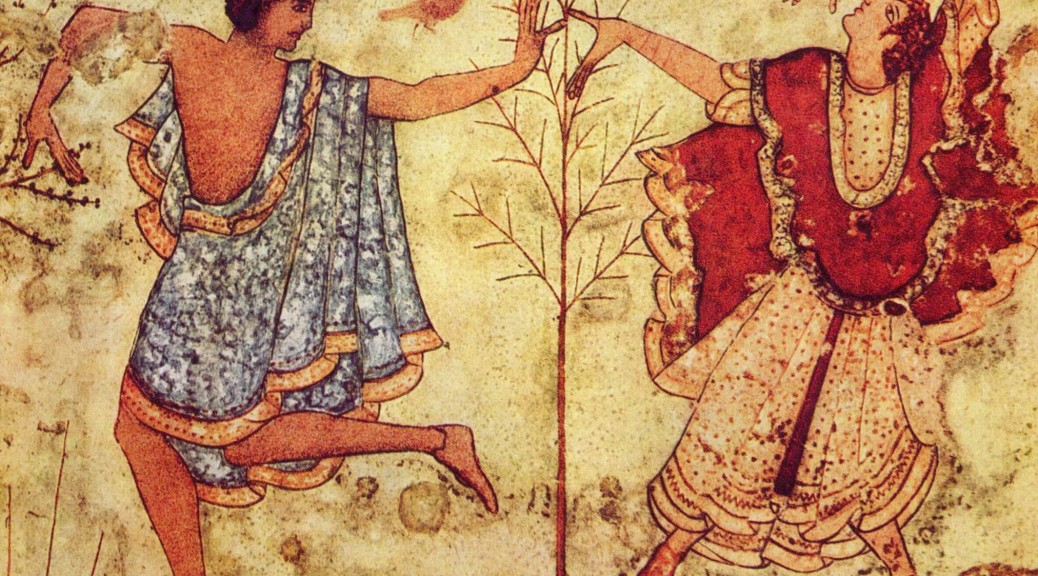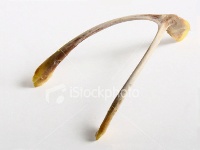People have been making wishes on a wishbone (the furcula, the v-shaped clavicle of a bird) for at least 2,400 years.
The custom began with the Etruscans, people who lived in what is now Italy, between the Tiber and Arno Rivers. They believed that fowl could tell the future. They would draw a circle on the ground, divide it into 24 segments (for the letters of their alphabet), and scatter corn in the circle. The order of the letters selected by corn pecking would give them a message that was interpreted by the priests.
When one of the sacred birds died, it’s wishbone would be saved and dried. Wishes would be made while stroking the bone. The Romans adopted this superstition because there wasn’t anyone on tumblr back then to complain about cultural appropriation.
The Romans brought the tradition to Britain. At some point after stealing it from one culture and before imposing it on another, they began having two people each tug on a side to break the bone, with good luck (a granted wish) going to the one holding the larger part.
The wishbone, or merrythought, as it was also called, was a well-established ritual by the time the Pilgrims came to America. According to tradition, wishes were made on wishbones during the first Thanksgiving in 1621.
It has been speculated that the furcula was chosen as the bone that would carry the mystic powers of the bird because the forked shape reminded them of the human crotch. Or maybe the priests thought, one wishbone per bird = market scarcity = higher prices.



